Chelsea wood
The studies conducted to fine-tune the Chelsea handle are an expression of Jean Nouvel’s artistic sensibility. He designed it when he was working on 100 11th Avenue in the Chelsea neighbourhood of Manhattan, a 23-storey residential tower he describes as “a vision machine” that captures reflections from the nearby Hudson River. For the handles, Nouvel asked us for an unusual model. He wanted a shape that was different from the tubular geometry conventionally used for the lever.
FINISHES
MATERIAL
Brass
TYPOLOGY
Door handles - Round - Special
TECHNICAL DOCUMENTATION
Installation directions
COMPLETE COLLECTION
COLLEZIONE COMPLETA
DOCUMENTAZIONE TECNICA
Installation directions
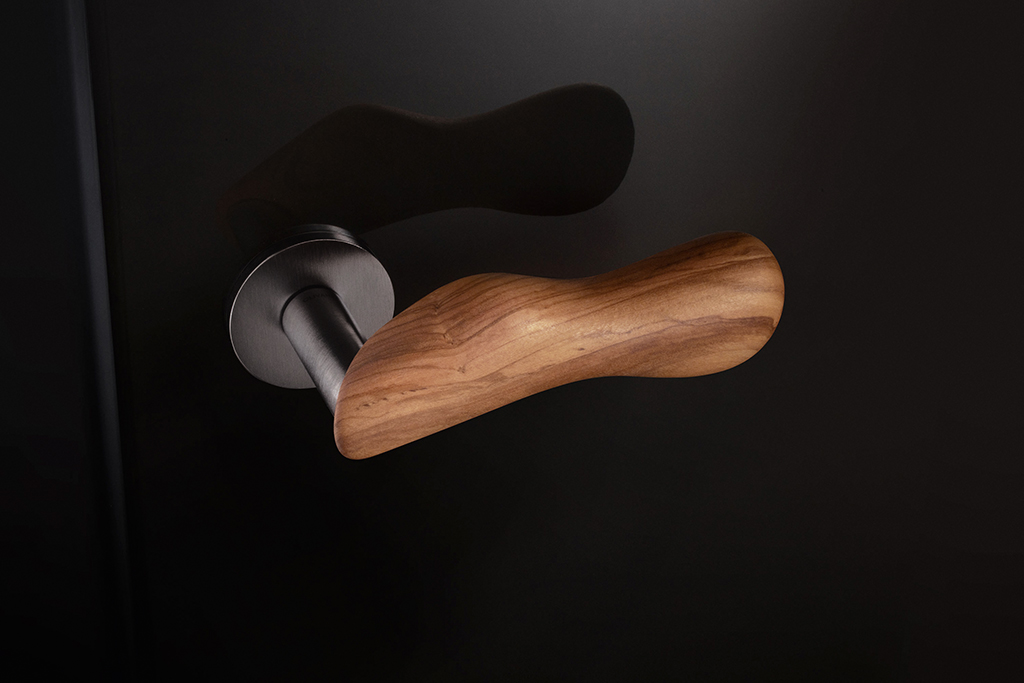
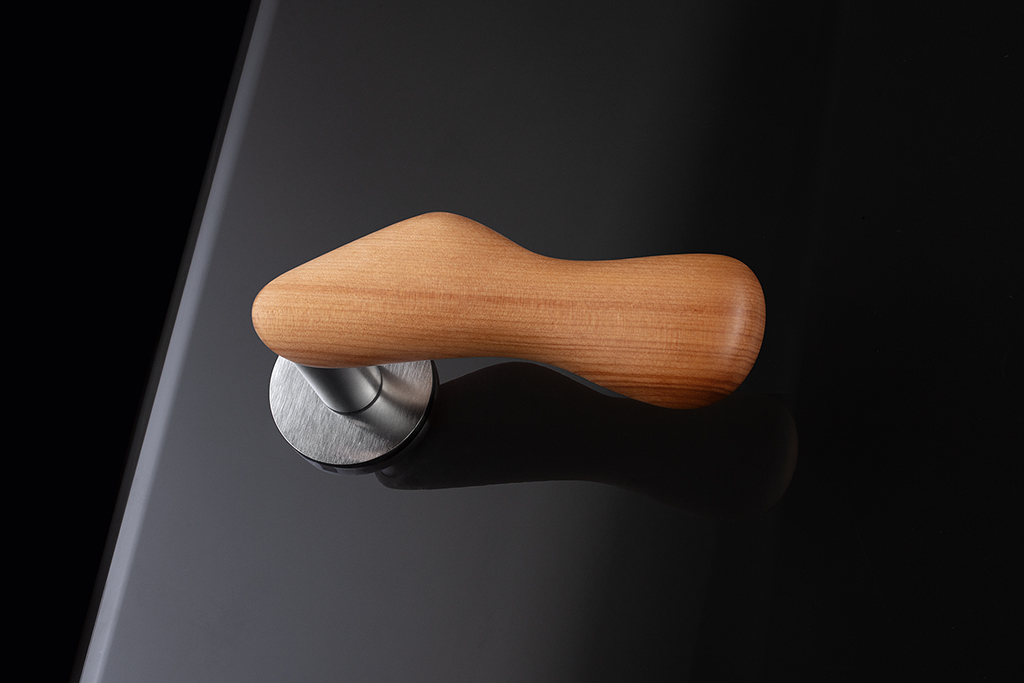
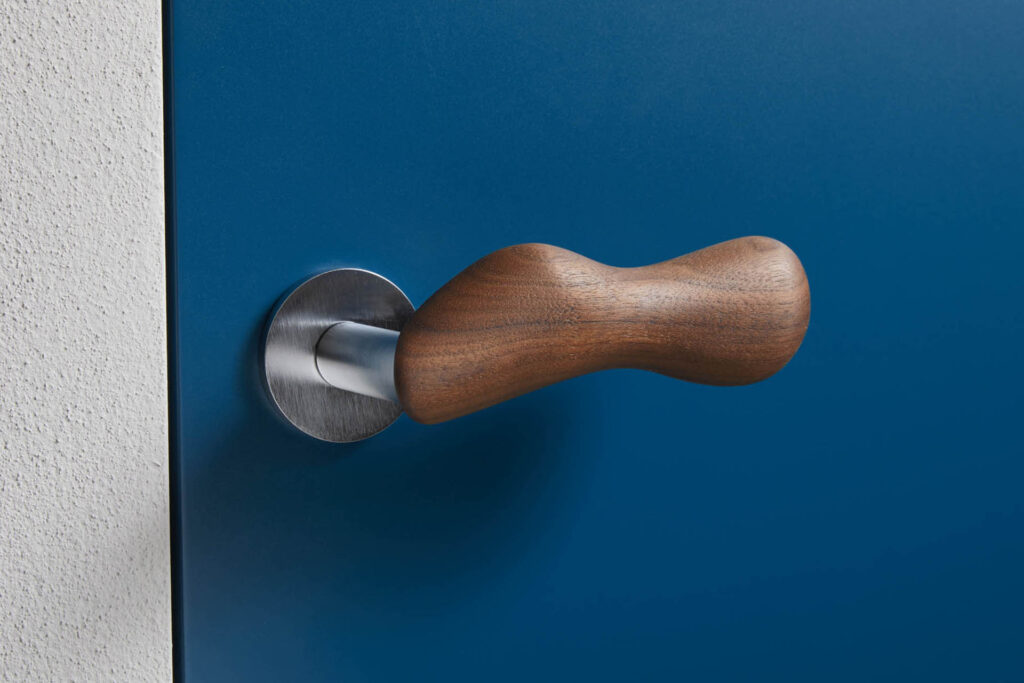
He also refused the materiality of steel, because he was letting his senses guide its formal definition. He wanted them to be stimulated by a soft, sensual shape that was pleasant to the touch, and a material that was warm, almost buttery. And finally, his aim was for the handle to be a mark, thanks to the use of colour
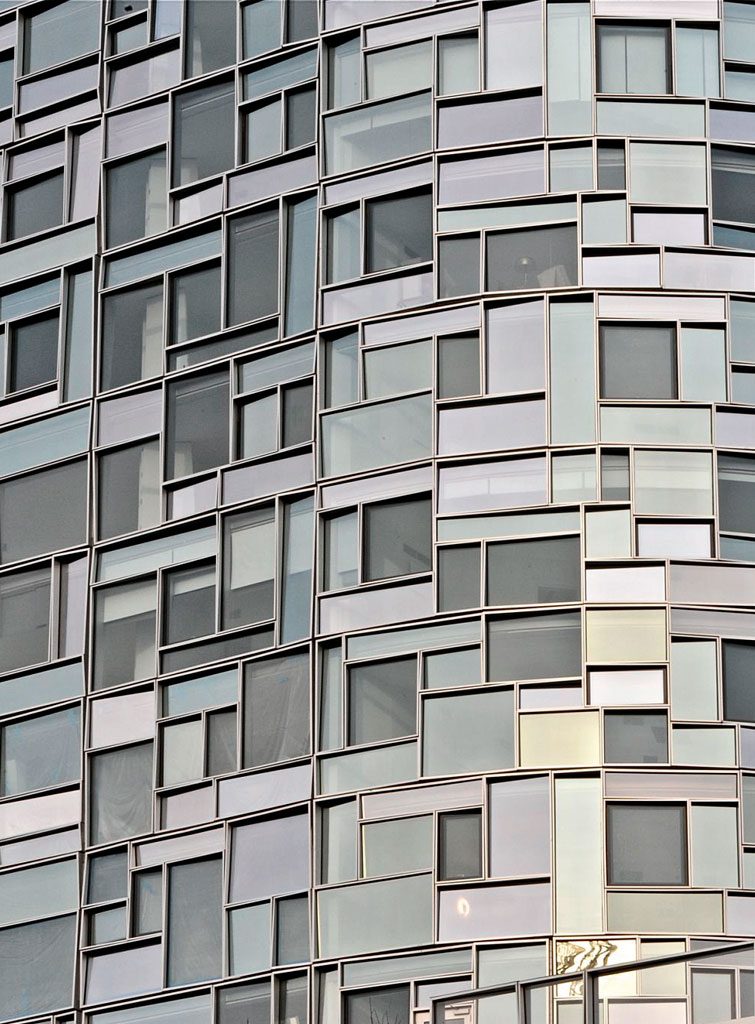

These were the requirements that engendered the Chelsea. It is modelled after the print of a hand gripping it, and made in soft, black rubber.

I was filled with amazement when I first saw ancient kauri wood. Maurizio Riva introduced me to it when he added it to the range of materials used by his fascinating wood-working company, Riva 1920.
Kauri is a conifer that lives only in the sub-tropical climate of New Zealand. Around 50,000 years ago, at the end of the last Ice Age, a string of great floods that still today are unexplained destroyed entire forests by submerging them under water and mud.
The characteristics of the mud and the absolute lack of oxygen allowed the wood to resist the chemical process of decomposition and arrive at the present day with the characteristics of fresh-cut timber.
It is so beautiful that it is used to make exclusive furniture and objects. It is easy to understand that touching a material with this history is a highly emotive experience.
At Olivari, it came to us naturally to apply the prized kauri to the Chelsea door-handle, a sculptural model designed by Jean Nouvel with artistic sensibility. We broadened the range to include olive wood and walnut, strictly from certified forests.
The limited quantity of material needed to produce the grip allows us to engage in a circular-economy strategy, working with Riva 1920 to use pieces of wood that are too small for their products. — Antonio Olivari
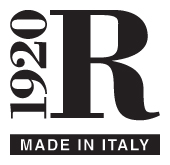





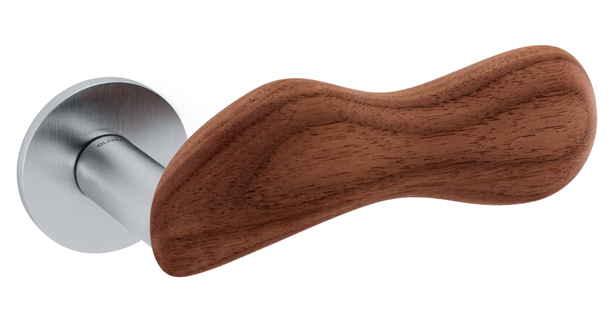
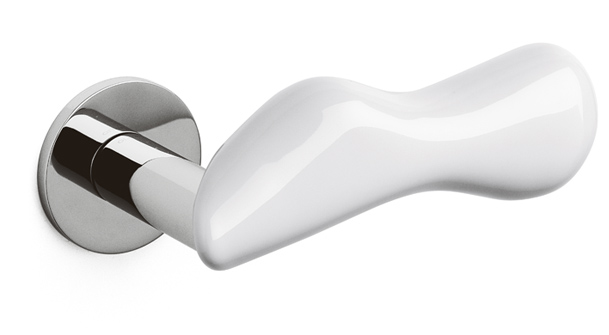 M232B-2
M232B-2 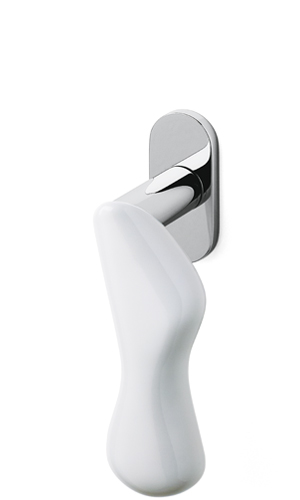 K232B-2
K232B-2 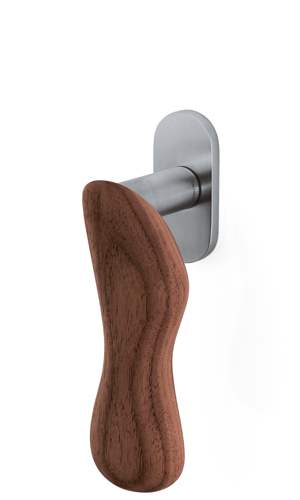 K232B-1
K232B-1 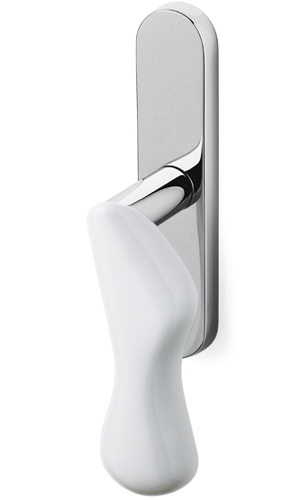 C232-2
C232-2 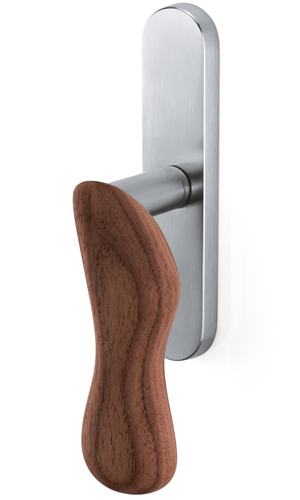 C232-1
C232-1